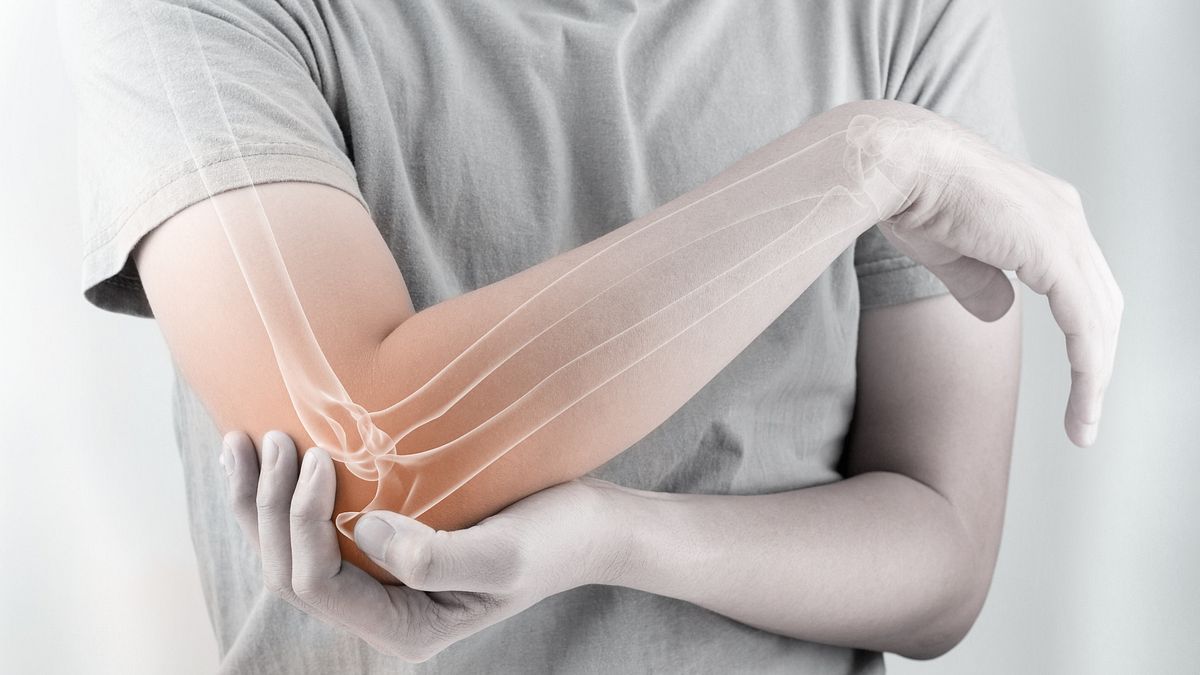Research suggests youth who play sports should not ignore their pain
Misconceptions about osteoarthritis can lead to misdiagnosis, especially in young athletes.
Osteoarthritis, a degenerative disease that changes your bone structure, is often associated with the elderly population, but recent studies have demonstrated its prevalence in youth. The misconception has led doctors to misdiagnose youth who suffer from the chronic condition as merely having growing pains.
A 2014 review by family doctors Adae Amoako and George Pujalte from Penn State Milton S. Hershey Medical Center analyzing osteoarthritis in young people finds obesity as its main cause, but an increase in youth who experience arthritic pain suggests that localized injuries may be a causal factor.
“Sports that cause direct blunt trauma to joints (such as football, soccer, hockey, lacrosse, and rugby) account for the most impact damage,” they say. “It has been shown that more than 80 per cent of American football players with a history of knee injury had evidence of osteoarthritis 10 to 30 years after competing.”
Greater levels of pain tolerance pose a challenge to the diagnosis of osteoarthritis in young athletes. Those who play contact sports tend to get injured more often and might associate their slight joint pain to a good game.
Unfortunately, their pain tolerance, alongside the general assumption that pain comes with small injuries, leads to the development of undiagnosed osteoarthritis in this demographic. The more youth engage in athletic activities, the higher their chances of developing symptoms of osteoarthritis before or during adulthood become.
Youth with mild symptoms are more likely to complain about pain only after having it for an extensive period of time. Typically, these minor pains, such as osteoarthritic stiffness from heavy-lifting workouts, are felt in the first hour of waking up.
A variety of tests, including ultrasounds, CT scans, and x-rays, can be used to diagnose osteoarthritis. Ultrasounds are a popular diagnostic tool as they are easily accessible and cost-efficient. Non-radiologic tests may also be employed to evaluate the sensitivity and deformity of the suspected and surrounding joints.
To reduce joint pain and promote mobility, regimented exercises combined with medicine, such as anti-inflammatory drugs, may be prescribed. Wearing a brace to support and align the patient’s joint can also be helpful. While surgery treats severe cases of osteoarthritis, it is seen as a last resort treatment due to the risk of physical trauma.
The researchers say: “The treatment of osteoarthritis in the athlete or young individual should be patient-specific, with consideration for the patient’s expectations and the period of absence from sports activities.”
Until athletic youth, especially those who play sport competitively, first accept that osteoarthritis is not just an old person’s affliction but in fact a potentially debilitating health outcome for them, the widely-held harmful misconception will continue to perpetuate misdiagnosis—or no diagnosis at all—and thereby lead to more cases of developed osteoarthritis in youth.
The rise in active and athletic youth who suffer from osteoarthritis, as pointed out in the work of Amoako and Puljate, is a call to action for all student-athletes. Don’t ignore joint pain, tenderness, or stiffness until it becomes unbearable. Checking in with a doctor while feeling early symptoms is the best way to delay prognosis should osteoarthritis be the case.
Associate Features Editor (Volume 48 & 49) — A recent graduate from UTM, Dalainey is currently working on completing her post-graduate studies in Professional Writing in Ottawa. She previously served as Staff Writer for The Medium‘s 47th Volume and as Associate Features Editor for Volume 48. Through her passion for languages, Dal hopes to create a fun and inviting atmosphere for readers through her contributions to the paper. When she isn’t working, Dal focuses on developing digital art and writing her first novel. You can connect with Dal on her Instagram or LinkedIn.


